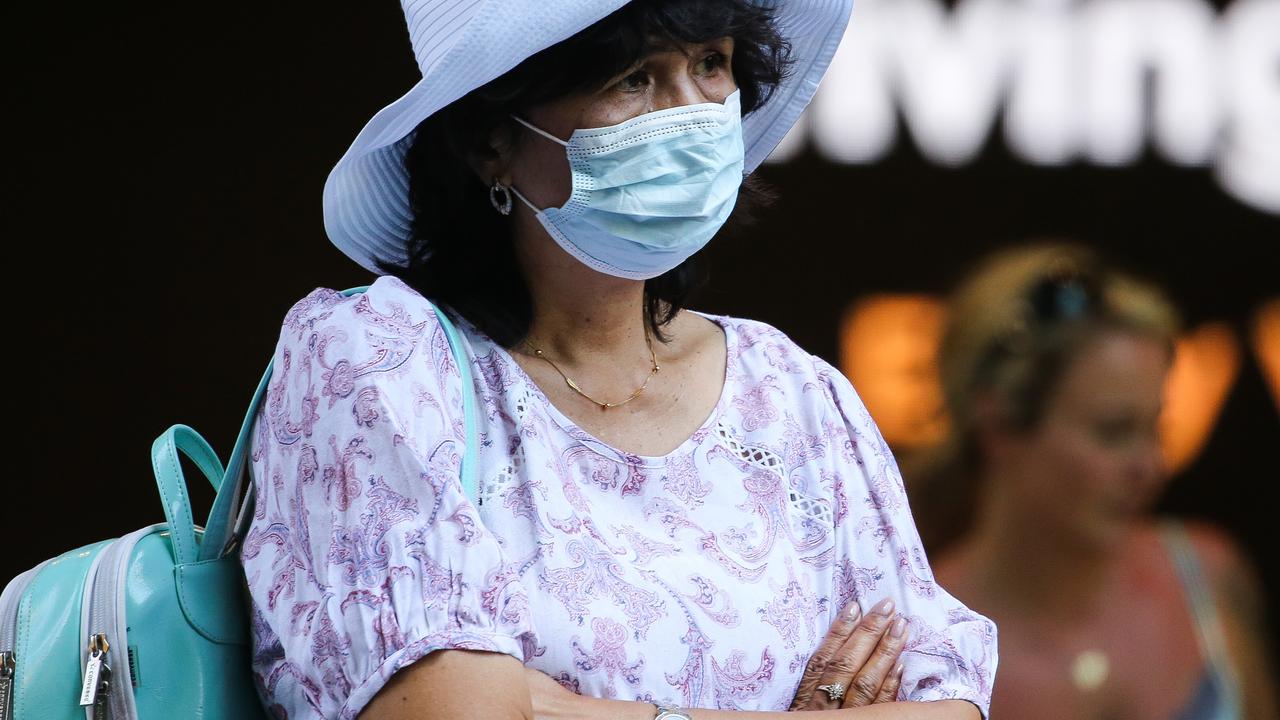How the Omicron variant and La Nina could boost Covid cases
A summer of rain and inclement weather courtesy of La Nina could cause virus cases to rise, with an infectious disease expert saying it’s already happening.
An Australian summer featuring a wet and rainy La Nina, reduced restrictions and the new Omicron variant which appears to be more infectious, could work together to increase the number of Covid-19 cases.
Speaking to The Guardian, Infectious Diseases Physician and microbiologist at the Australian National University Prof Peter Collignon believes NSW is already seeing the impact of these factors as December’s inclement weather is forcing people indoors where the virus becomes more transmissible.
“One of the reasons we’re seeing more cases in Sydney recently is because of the terrible weather. We’re all indoors more [and] as soon as people congregate indoors more, surprise, we see more cases,” he said.
“[La Nina] may mean we see more cases this summer … when it’s miserable outside, you’re inside, and you’re often doing it with others for hours in a crowded setting, with alcohol. The bigger the group, the bigger the risk.”
This recently occurred at The Oxford Tavern in Sydney’s inner west where 44 people have since tested positive to Covid after a pub trivia night.

The La Nina weather phenomenon was confirmed by the Bureau of Meteorology (BOM) in November and is typically linked to heavier rainfall for eastern, northern and central parts of Australia, plus stormier and cooler weather.
Covid case numbers are currently challenging health authorities in the Northern Hemisphere (where it is now winter). Infections generally increase during the colder months. This is due to mixture of biological and behavioural factors – like increased indoor gatherings.
Writing for The Conversation, immunology researchers from Victoria University, Vasso Apostolopoulos and Jack Feehan, said that while more information is needed on the effect of temperature on Covid-19, viruses are generally more active in “cold, dry climates”.
“In environments with low humidity, there is less water vapour in the air (in other words, the air is dry), and when a Covid-19 positive person coughs, aerosolised particles stay suspended for much longer in the air,” they wrote.
“This increases the potential exposure and transmission to other people.”
Despite this, research around whether increased humidity could drive or counteract transmission seems to be mixed.
An adviser to the World Health Organisation (WHO) and professor of epidemiology at the University of NSW, Mary-Louise McLaws, told The Guardian that while more research is needed, increased moisture in the air could allow the virus to stay active for longer.
“Certainly with the changes to the amino acids, there’s the potential for this virus to have more charge because particles are protected through a water molecule in the air,” she said.
Other studies, however, suggest that humidity could be beneficial in reducing transmission.
An Australian study from June 2020 found that just a 1 per cent decrease in humidity can increase Covid cases by 6 per cent.
Another study from the Yale School of Public Health published in June 2021 also found that “warmer temperatures (above 20C), increased humidity, and higher levels of UV radiation” were factors which suppressed the spread of Covid.
However, the link between meteorological factors and the virus’ reproductive abilities appeared to be low.
Temperature accounted for 3.73 per cent of Covid’s reproductive number, with humidity and UV radiation accounting for 9.35 per cent and 4.44 per cent respectively.






